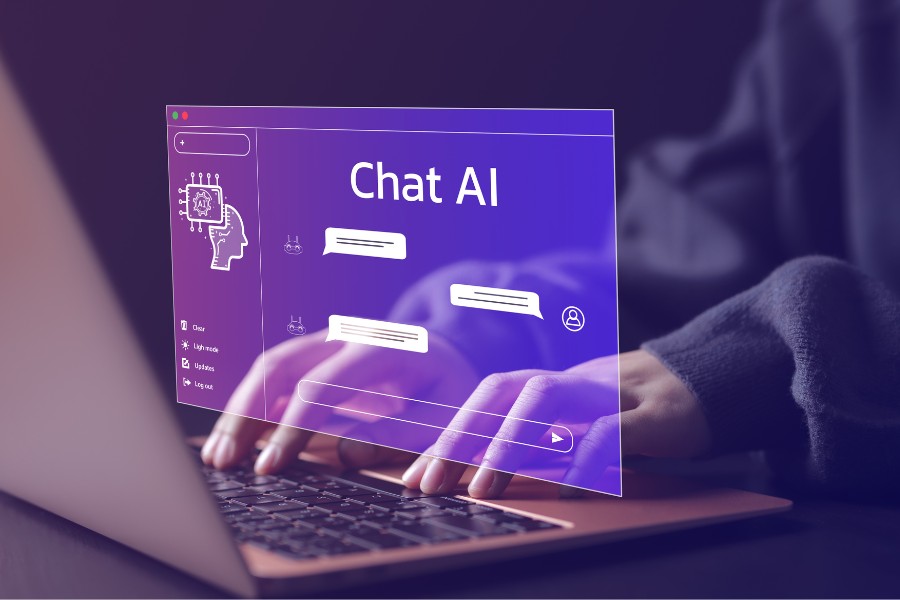In the realm of AI-driven candidate assessments, transparency isn’t just a buzzword—it’s a cornerstone of trust and fairness. We’ve gathered insights from Founders and CEOs to explore this critical issue. From highlighting work culture transparency to how ethical transparency enhances hiring decisions, discover the pivotal perspectives these leaders have on the role of transparency in AI and hiring.
Highlight Work Culture Transparency
Transparency in AI-assisted candidate assessments is crucial, especially in aligning the expectations of both the employer and the potential employee. This importance was highlighted through a past experience in our hiring process. Initially, we had not fully emphasized the flexible and hands-off nature of our work environment in our candidate assessments.
This oversight once led us to hire an individual who preferred a highly structured work setting with close managerial supervision. This preference starkly contrasted with our team’s autonomous and flexible approach. As a result, the team member faced significant challenges in adapting to our work style, which highlighted a critical mismatch.
This experience was a watershed moment for our hiring approach. It taught us the importance of being transparent about our work culture from the very beginning of the hiring process. Since then, we’ve ensured to communicate clearly about our work style during candidate assessments, which has made a huge difference in hiring individuals who thrive in our work environment.
Maksym Lushpenko
Founder, Brokee
Promote Fairness with AI Clarity
When it comes to transparency in AI, it’s especially important in candidate assessments. Transparency helps ensure fairness, build trust, and reduce bias. Without it, we risk making decisions based on ‘black boxes,’ which could result in unfair results and a lack of trust from candidates.
I remember one time when we were using an AI candidate screening tool at a different company. At first, the team was against it because they were worried about bias and lack of transparency. We wanted to ensure that the AI tool’s decision-making process was transparent and easy to understand. We explained how the tool scored candidates based on skills, experience, cultural fit, etc. Not only did this alleviate their concerns, but it also helped us make better hiring decisions. As a result, we hired diverse and talented people who have made a huge difference in our success.
In conclusion, transparency in AI-powered candidate reviews isn’t just important; it’s critical. Transparency builds trust, promotes fairness, and helps you make better hiring decisions.
Max Maybury
Co-owner and Developer, Ai-Product Reviews
Open AI Processes Build Trust
Transparency with AI in candidate assessments is crucial. We’ve always believed in being open about how our processes work. For example, when we introduced AI for resume screening, we didn’t keep it a secret sauce. Instead, we told candidates straight up how it functioned and what it looked for.
This approach builds trust. Candidates appreciate honesty, and it sets the tone for a more open relationship from the get-go. Plus, it helps dispel any fears or doubts they might have about the fairness of the process.
Being transparent in this way has paid off. Candidates feel more comfortable, engagement goes up and, ultimately, we make better hiring decisions. It’s just another example of how transparency isn’t just the right thing to do ethically; it’s also good for business.
John Xie
Co-Founder and CEO, Taskade
Transparency Drives AI Assessment Collaboration
In my view, transparency in AI-driven candidate assessments is a powerful tool for building trust. An exceptional example involved a candidate who questioned the fairness of our AI assessment. We provided an in-depth explanation of how the AI analyzed their skills and qualifications, including the specific criteria used. This openness not only convinced the candidate of our commitment to fairness but also sparked a productive dialogue. They offered valuable insights on improving our AI model, leading to refinements that enhanced the accuracy of future assessments, showcasing how transparency can drive collaboration and improvement in the hiring process.
Mark Sheng
Project Engineer, DoDo Machine
Ethical Transparency Enhances Hiring Decisions
When it comes to AI-driven candidate assessments, transparency holds two critical roles: ethical alignment and informed decision-making. From an ethical standpoint, transparently communicating the role of AI in the assessment process is essential. Candidates deserve clarity on how technology influences hiring decisions, develops trust and mitigates concerns regarding bias.
In a recent hiring scenario, transparency played a pivotal role in positively impacting our decision-making. The AI tool initially flagged a candidate as having a limited skill set. However, through transparent communication, the candidate clarified a nuanced aspect of their experience, challenging the initial assessment.
This open dialogue not only rectified the oversight but also highlighted the candidate’s ability to articulate their skills effectively. This instance underscores that transparency is not just a procedural necessity but a strategic imperative, ensuring fairness and enhancing the collaborative nature of the hiring process.
Perry Zheng
Founder and CEO, Pallas
















